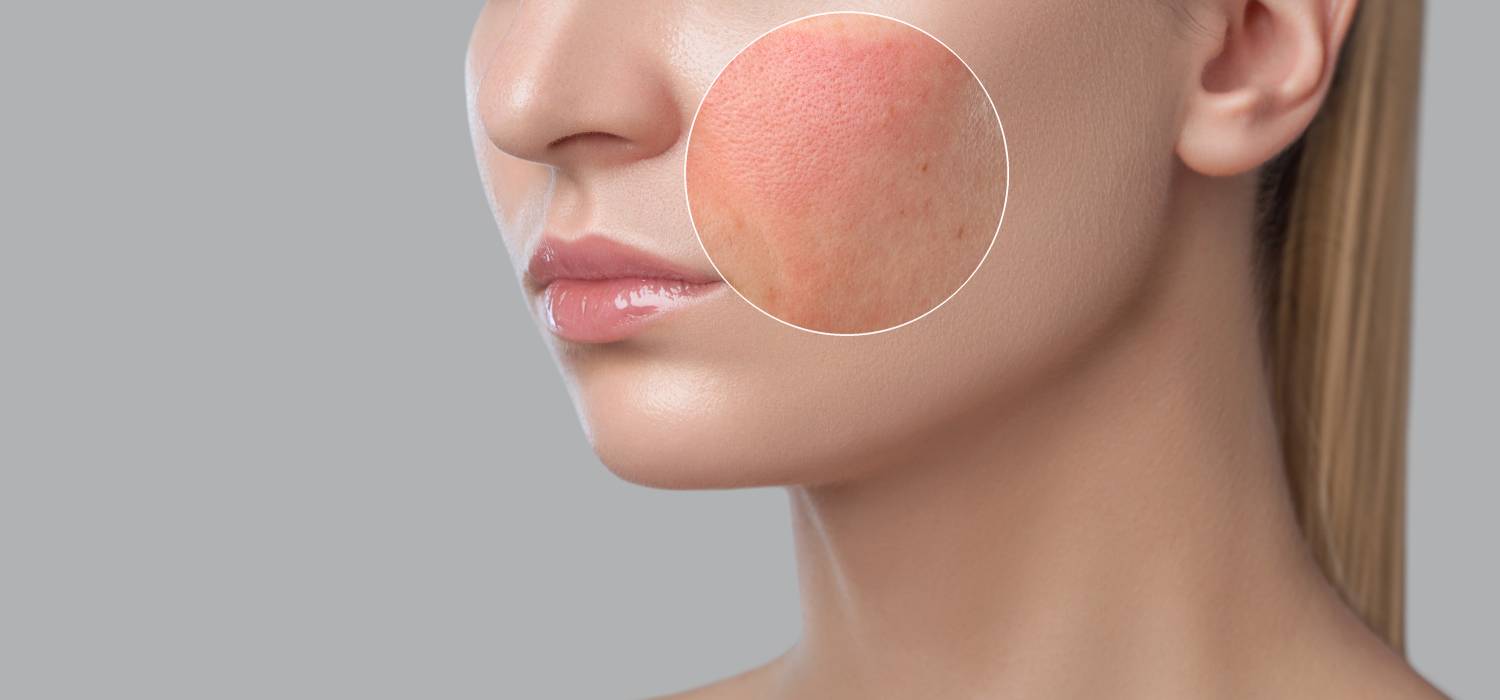Learn More About Rosacea Treatment Options
If you’re experiencing flushing and redness that includes thickened skin, swelling, pimples or red, irritated eyes, these may be rosacea symptoms. It’s common for those with rosacea to mistake it for an allergic reaction, acne or other skin conditions. Rosacea can respond to certain situations, products or foods. Identifying the underlying triggers associated with rosacea is important for managing the condition. Parasol Dermatology helps provide treatments for skin conditions like these.
Understanding Rosacea and How We Can Help
While rosacea can affect anyone at any age, it’s most common in middle-aged adults or older. Women are particularly susceptible, as are those with fair skin. Rosacea is a chronic disease that can stay with you for a long time or even a lifetime. While there’s no cure for the condition, Dr. Bolante can treat it. These treatments typically include lifestyle changes and/or changes in medication. Without taking these steps, the symptoms can become more severe in time.
The common triggers for rosacea include the following:
- Sun exposure
- Emotional stress
- Hot weather
- Hot baths
- Alcoholic drinks
- Cosmetics and skincare products
The specific triggers for rosacea are particular to each patient. Some may be affected by one set of triggers but completely unresponsive to the others. The symptoms that appear are also affected by the type of rosacea present.
- Erythematotelangiectatic Rosacea: SSymptoms of this subtype include visible blood vessels, redness and flushing.
- Papulopustular Rosacea: This subtype appears with redness, swelling and acne-like lesions.
- Phymatous Rosacea: This subtype’s symptoms include thickening of the skin and developing a bumpy texture.
- Ocular Rosacea: This subtype affects the eyes, causing them to become irritated and red. In some cases, the eyelids will swell up or something resembling a sty will appear.
In most instances, rosacea appears after 30 years of age. It often begins as redness on the cheeks, forehead, nose or chin. Sometimes it will first present on the ears, scalp or chest. If the eyes are affected, they may become watery or bloodshot. These symptoms may appear intermittently in response to certain triggers or become a persistent condition.
Those who have a family history of the condition tend to develop it more often than others. It’s important to protect your skin, especially if your skin is fair or sensitive. Those who blush or flush easily are also at increased risk of developing rosacea. While there is no way to prevent rosacea, there are numerous treatments available at Parasol Dermatology.
Treatment Options Available With Dr. Christina Bolante
While Dr. Bolante can’t cure rosacea, some treatments are available to reverse or control these conditions. Some of the treatments available include avoiding triggers, antibiotic medication, changes in skincare routines, laser treatment and wearing sunscreen. Schedule an appointment today for a consultation, after which you’ll have a treatment plan for addressing your rosacea.


